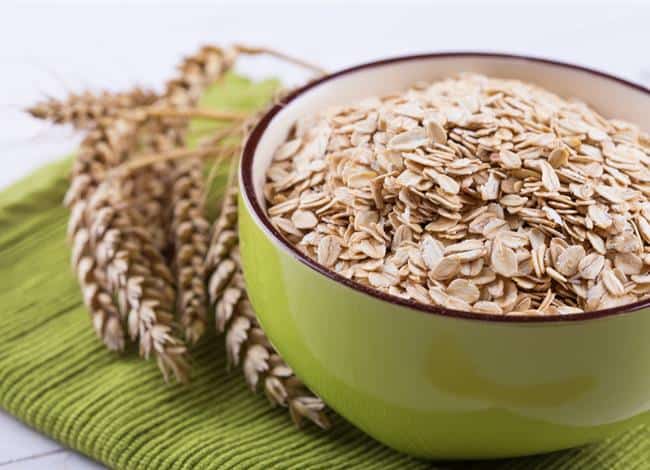
Getting adequate dietary fiber can help lower risk for heart disease, stroke, obesity, type 2 diabetes and some gastrointestinal disorders. Since fiber has all these health benefits, you would think most Americans would make an effort to get enough fiber in their diet.
However, it is estimated less than 5% of American adults get the recommended daily fiber intake.
How much fiber is enough per day? The recommended daily intake for fiber is 25 grams per day for most adult women and around 38 grams per day for adult men.
Fiber can be found from whole plant foods including: fruits, vegetables, whole grains, nuts, seeds and legumes.
Most Americans probably don’t get enough fiber because their diet is higher in processed foods low in fiber such as: fast food, sugary beverages, packaged sweets and snacks.
Getting enough fiber can help lower risk for numerous medical conditions and also can help with weight loss and maintenance.
There are several studies that show an association between a high fiber intake and lowered risk for obesity (1).
Fiber helps increase satiety which can translate into lowered appetite for an extended period of time.
Fiber can also slow the absorption of glucose into the blood stream which can help lower the release of insulin.
Blood sugar and insulin

Carbs have gotten a negative reputation for being a cause of gaining fat cells.
Eating a lot of sugary foods or beverages can send a huge influx of glucose into the blood stream.
This signal the body to release insulin from the pancreas.
Insulin’s job is to help move the glucose from the bloodstream into body cells for energy or storage.
Another by product of insulin besides moving glucose into body cells is promoting fat storage.
Therefore, constant high releases of insulin, from high blood sugar levels, may promote weight gain.
This rational is somewhat what has stemmed the carb-phobia related to weight regulation.
However, many foods that are a source of carbohydrates are also high in fiber.
Instead of avoiding all carbohydrate foods, eating foods high in fiber instead of high in sugar can help blunt the rise of blood glucose levels which can also blunt the release of insulin.
This benefit from insulin may be one reason eating fiber can help lose fat.
A 2006 study (2) that included over 500 overweight participants found a high fiber, low fat intake was a significant predictor for weight loss and lowered risk for type 2 diabetes.
In fact, a higher fiber and lower fat intake was associated with a lowered type 2 diabetes risk even without weight loss.
See Also: 5 Ways to Lower Your Insulin and Lose Weight
Feeling full
Another benefit from fiber related to weight regulation is fiber helps keep you feeling full.
Eating foods that keep you feeling full after eating them may help curb appetite later in the day.
Eating foods that are low in fiber may spike blood sugar levels then send them crashing again soon after.
This can send a signal to the brain that it’s time to eat again. When fiber keeps blood sugar levels stable after digestion, this delay signaling the brain it’s time to eat again.
Eating fibrous foods at meals and snacks can help you avoid the cycle of spiking and crashing blood sugar levels.
Adding fibrous foods to your diet, instead of eliminating them, can help you feel satisfied after eating.
Fibrous foods = low calorie
The benefit of eating foods high in fiber is most of them are naturally low in calories.
For example, fruits, vegetables, whole grains and legumes are all considered low calorie foods, but they are good sources of fiber.
Filling up on these foods can help keep you feeling satisfied without piling on the calories.
Foods low in fiber like fast food, chips, cookies and sweets are the exact opposite. They are high in calories and low in fiber.
A word of caution: some packaged snacks have added fiber in them to attract people to buy them.
However, it is recommended to get your fiber intake from natural fiber sources as much as possible.
Fibrous foods = nutrient dense
Fibrous foods are low in calories but provide many other important nutrients like antioxidants, vitamins and minerals.
When you eat natural fibrous foods, you aren’t just getting the benefit of the fiber; you’re getting many other nutrients your body needs.
This is one reason why it’s recommended to eat real food fiber sources instead of packaged foods that have artificially added fiber.
These packaged foods may have the fiber, but they don’t have the other nutrients you would get from fruits, vegetables, legumes, etc.
Eating a variety of fibrous foods also ensures you are getting a mix of both insoluble and soluble fiber.
These two different types of fibers both have beneficial health effects, and eating a variety of fibrous foods can provide both types.
How to get more fiber in your diet
How can you move from the 95% of American population that doesn’t get enough fiber to the 5% of population that does get enough fiber?
It can be done with some substitutions.
- Swap in whole grain bread for white bread.
- Add veggies into sandwiches, egg dishes, casseroles, pasta dishes, stir fries, etc.
- Change up your sugary cereal for whole grain cereal or oatmeal.
- Combine fruits and nuts (or nut butter) for a filling snack instead of chips or cookies.
- At meal times, make half your plate full of fruits and vegetables.
- Plan meals around vegetables instead of meat.
- Use whole wheat flour when cooking instead of white flour.
Bump up your fiber intake gradually. These changes may take time and effort, but adding more fiber can help lose belly fat and may also help with weight maintenance.
According to research, it may also lower your risk for several chronic diseases.
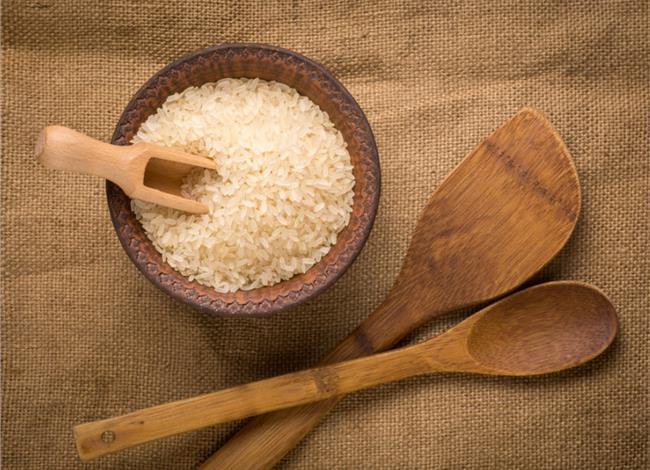
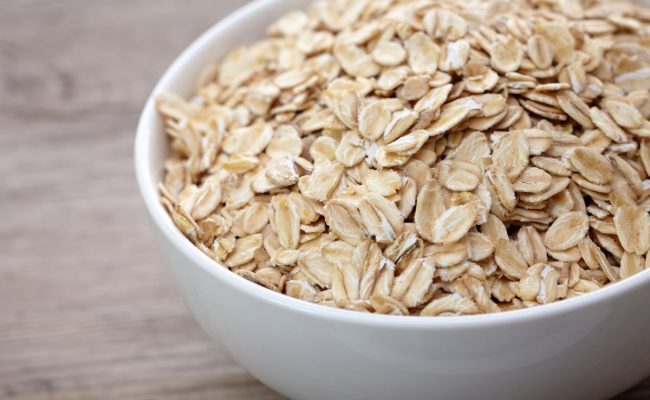
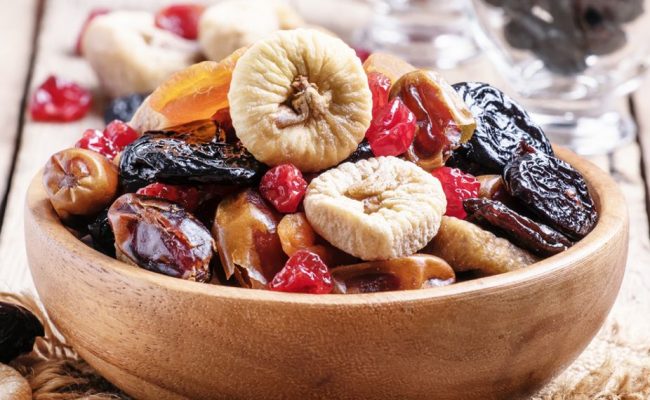
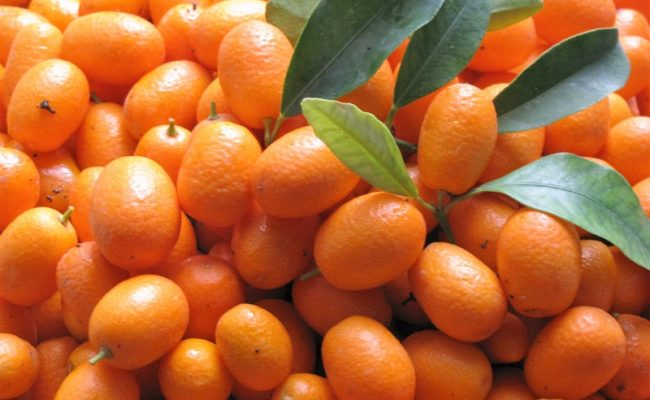


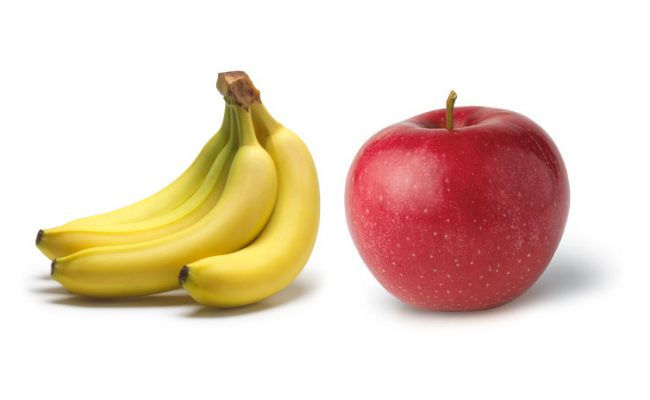
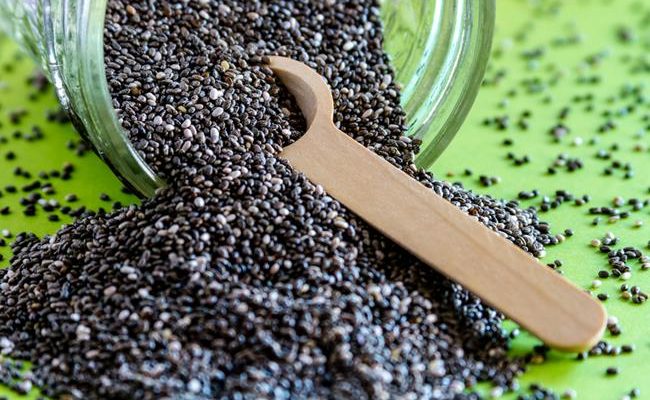
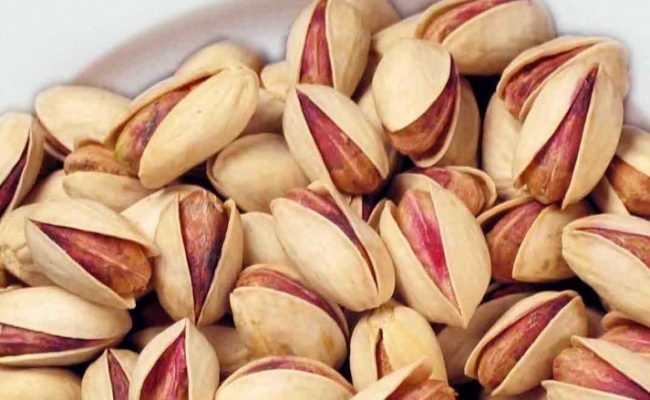



Tatiana says
It is fibrous foods I am looking for that are both low calorie & low carb & losing weight too as a strict vegetarian I am.